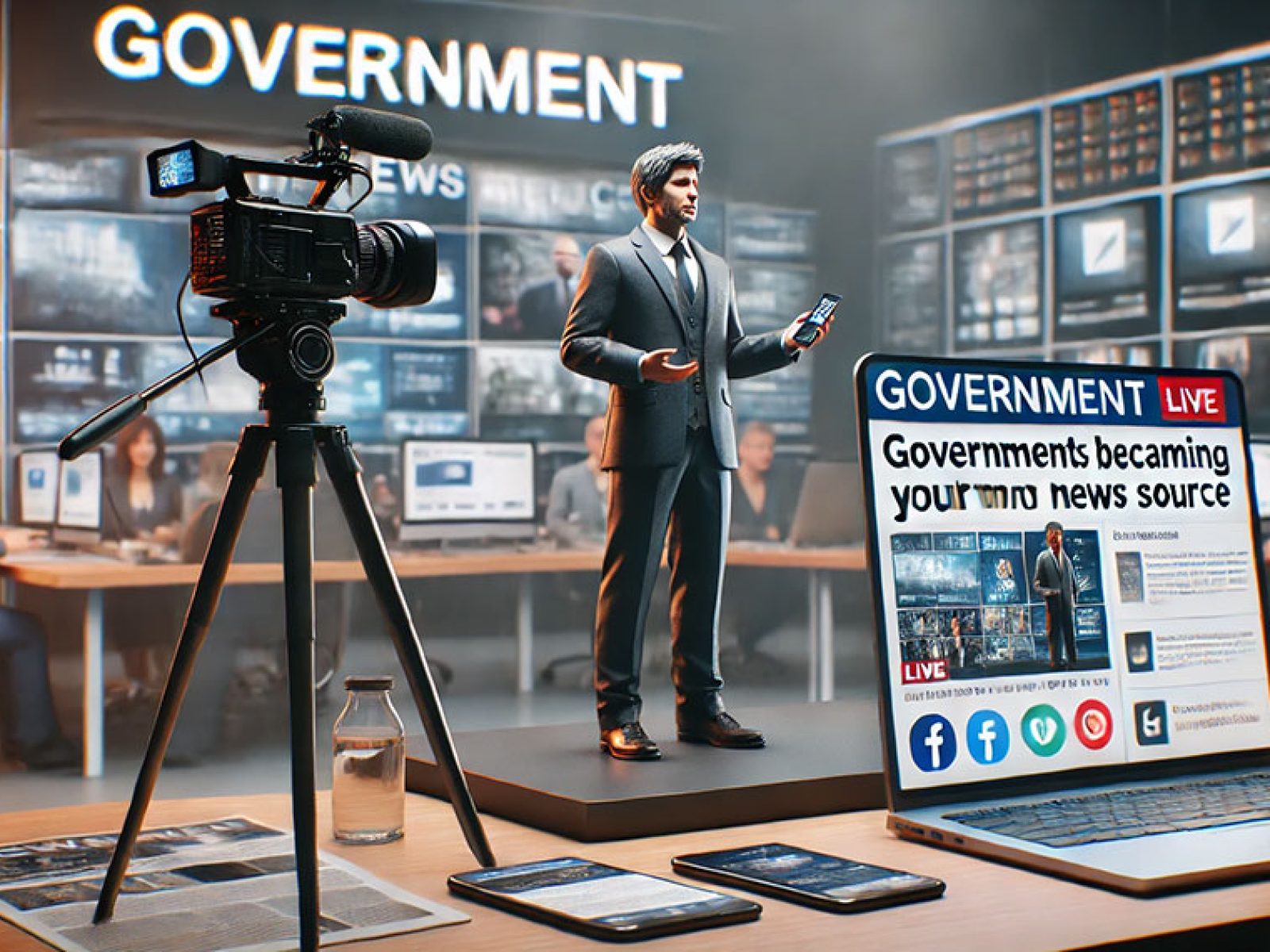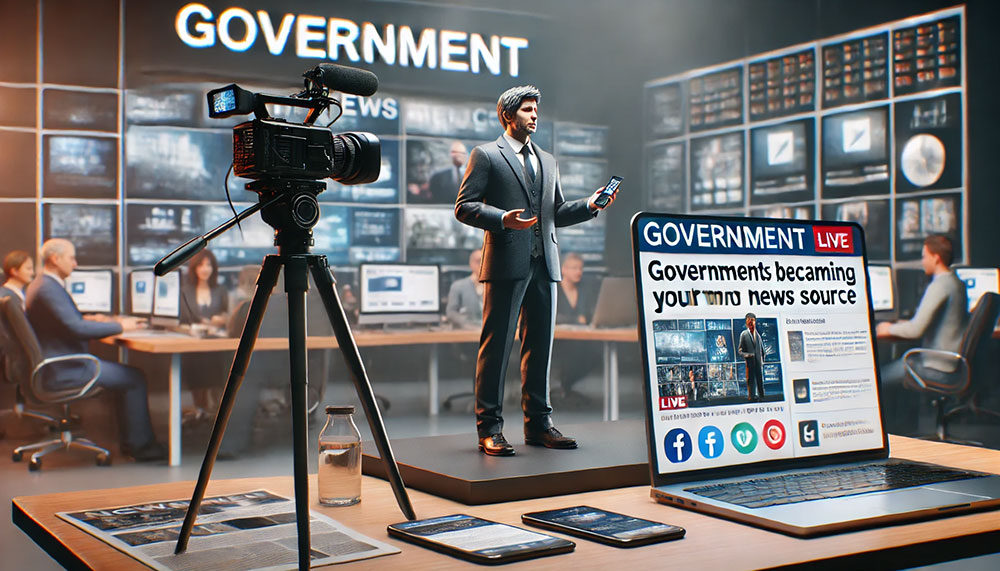The way people consume news is changing rapidly. With over 60% of traditional cable users cutting the cord in favor of digital streaming services, social media, and on-demand content, governments must adapt to ensure they continue to reach and inform their citizens effectively. As trust in mainstream media fluctuates and misinformation spreads more easily online, government agencies have a tremendous opportunity—and a responsibility—to become their own primary news source.
For decades, traditional cable television was the dominant source of news and information for the public. However, recent years have seen a significant decline in cable subscriptions as consumers increasingly turn to digital platforms. This shift poses challenges for governments, which have historically relied on traditional media to disseminate important information. Without proactive adaptation, critical updates, public policies, and emergency communications risk being lost in the digital noise.
1. Why Governments Must Control Their Narrative
- Governments can bypass potential media bias and misrepresentation by delivering unfiltered, factual information directly to citizens.
- Social media, government websites, and mobile apps can serve as primary channels for updates, reducing dependency on traditional news outlets.
- Platforms such as Twitter, Facebook, and TikTok serve as primary news sources, often breaking stories before traditional media outlets.
- The rise of mobile news consumption has shifted audiences away from fixed television programming to instant access to information on their devices.
2. Reaching a Digital-First Audience
- Younger generations increasingly consume news online. By utilizing digital platforms, governments can engage new audiences where they are most active.
- Video content, live streams, podcasts, and interactive Q&A sessions can make government communication more accessible and engaging.
- Best Practices for Government-Led News and Communications
To successfully transition into a direct news source, governments should adopt the following strategies:
Develop a Multi-Platform Approach: Use social media, email newsletters, websites, and video content to maximize reach.
Utilize Data Analytics: Leverage technology to understand audience engagement and tailor content for better accessibility and effectiveness.
Create Engaging, Visual Content: Infographics, videos, and live broadcasts can make government updates more digestible and shareable.
Ensure Credibility: Establish internal editorial standards to maintain accuracy and prevent misinformation. Fake news spreads rapidly online, especially during crises. A government-run news source provides a trusted point of reference for accurate information.
Encourage Public Interaction: Enable feedback through surveys, comment sections, and interactive sessions to enhance civic engagement.
The decline of traditional cable is a wake-up call for governments to take control of their messaging. By becoming their own news source, government agencies can ensure transparency, build trust, and effectively communicate with the public without the need of traditional mass media outlets. As people move away from traditional news consumption, the responsibility falls on governments to meet their constituents where they are and provide reliable and accessible information







